Given the current economic situation, and with more businesses jumping on the digital wagon to increase reach, digital marketing continues to provide value to small businesses looking to expand revenue. But, as a small business owner who has to stick to a tight and fast marketing budget, your job will be challenging.
However, that doesn’t mean you can’t still excel or exceed your goals. You can learn how to make the most of your budget by checking out the following six tips.
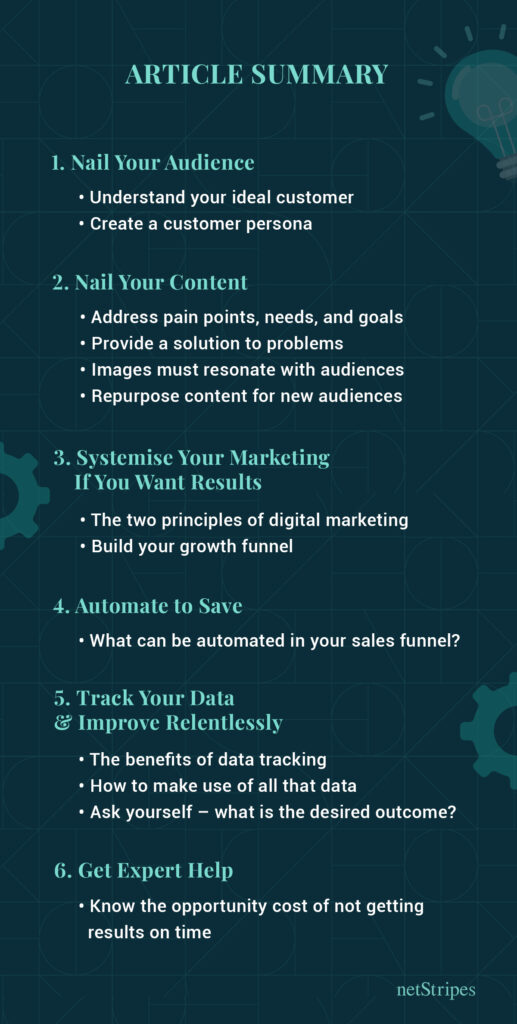
If you want to get the most out of your digital marketing budget, you’re in the right place — and the best frame of mind to see some significant changes.
1. Nail Your Audience
Knowing your target audience well is the best way to optimise your marketing budget.
This knowledge gives you insights into what digital channels they frequent and, as a result, where you should be spending your money.
Knowing how much your ideal customer is worth to your business within its first year of operation and then the next five years or however long you retain them is referred to as Customer lifetime value (LTV).
Often, we tend to overspend when trying to acquire new clients —however, underspending can also hamper marketing efforts.
The LTV can determine how much is necessary to spend to acquire a customer. To learn how to calculate your business’s LTV, click here.
Unlike traditional marketing, which uses broad segmentation, you need to be as narrow and specific as possible to make your communications effective online.
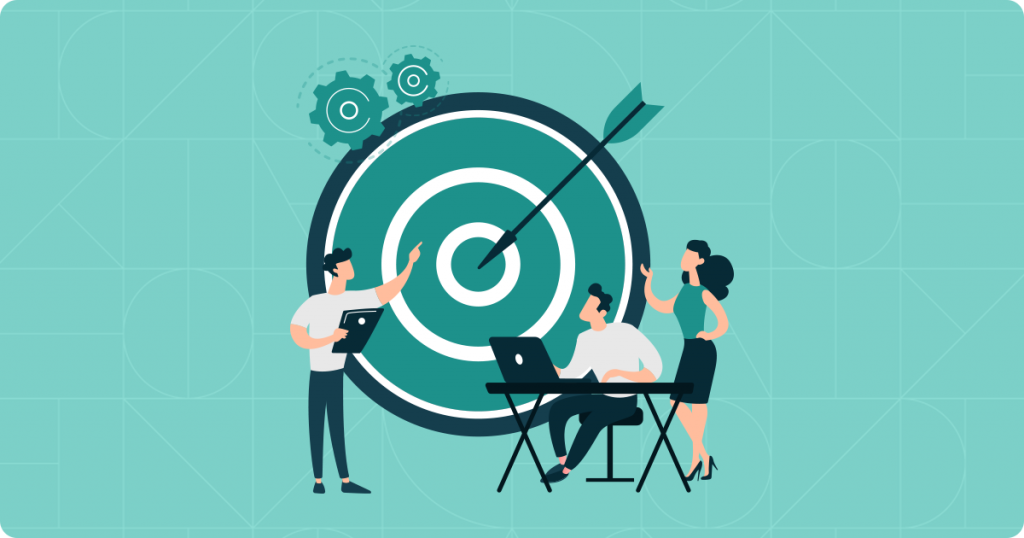
For example, Facebook ads targeting includes demographic targeting (gender, age, income, marital status), user behaviour (interests, likes and dislikes), geo-targeting (current location, target location), etc.
While Google Ads offers text-based and image advertising on Google Search and web pages, the settings allow you to target personal interests, age or gender.
This means your ad can show up on sites related to your business. To read more about audience targeting, check out our article on online advertising platforms.
Understand who your ideal customer is and who is not
Even experienced business owners have been known to neglect this step.
Identifying your ideal customers, their needs and pain points will give you more significant insights into an audience that truly values what you do.
The more you know your ideal customer, the easier it will be for you to create marketing strategies that speak directly to them.
Your marketing is more appealing when potential customers feel like you understand their needs.
On the other hand, you also should know who your anti-persona is – the person you least want to work with.
Your ideal customer is…
The person you love working with and vice versa; this is because you’re resolving their pain points, and as a result, they value your business.

Your ‘anti-persona’ is…
The people you don’t like working with the most; this group bring no value to your business and consumes all your time and resources. But, most importantly, they affect your confidence, which is one of the most significant issues.
Creating a customer persona
Combining all the information you collect about your ideal customer, you can create a customer persona profile for your business. It describes the ideal customer as if they were a real person.
This knowledge helps you understand who you are marketing to and create better marketing decisions that will allow you to make the most of your advertising budget.
To learn more about identifying your ideal customers, and creating personas, click here.
2. Nail Your Content
One of the best ways to get more out of your digital marketing budget is to improve your content.
This requires you to create content, written text AND visuals specifically for your target market.
Areas to improve include digital content on your website pages, blogs, social media, and even video.

Great content has the power to connect with people and get them passionate about your brand.
So, always strive to create content that exceeds the expectations of your audience — quality over quantity is a good rule of thumb to follow.
Tips to keep in mind:
- Your content must address the pain points, needs, wants and goals of the customers you have identified.
- Provide a solution to their problems, and show them the steps they need to follow to reach it.
- A picture tells a thousand words. So ensure your images are of high quality, preferably designed by a professional, and they resonate with your audience and complement your copy.
Repurpose good content
If you already have good content to start with, making little improvements and repurposing it will save you valuable time.
Repurposing content is straightforward once you get the hang of it.
Start by looking at your website content or blog posts and siphon off content that can be used to create smaller pieces for social media posts, stories, ad campaigns and even webinars.
The same method applies to videos and reels. Recycle old blog posts to create LinkedIn articles—reword them enough so it doesn’t look like duplicated content.

The Digital Strategy Advisory provides business owners the best in digital expertise to create custom, results-driven strategies to achieve business growth.
Share it with new audiences
When you repurpose content in a new format or update it, you can reach new audiences that you might have never found and bring in more traffic from different platforms.
Your audience on YouTube will be different from audiences on Instagram, so experiment with new demographics, locations, and keywords, and see what works best for you.
Have a good mix of text and visuals to generate more traffic and boost your engagement on each platform.
3. Systemise Your Marketing If You Want Results
Most small business owners don’t see results from their marketing because they are time-poor and, as a result, find it hard to be consistent.
Marketing has to be executed to a plan consistently, to critical timelines, and not on an ad-hoc basis. Otherwise, it’s a recipe for failure. – Dinesh De Silva
In addition, they might not have all the necessary skills to systemise the marketing.
A systemised approach to marketing starts with knowing how to take your customers through their buying journey, from 1st point of contact to the end of a purchase, right through your sales funnel.
It’s about understanding the buying behaviour of your customers and helping them move through the sales funnel by answering their questions.
Firstly, you need to understand the two principles of digital marketing
- Drive the right traffic to your website
- Convert that traffic into leads and sales
Second, how do you deliver simple and effective marketing that keeps your brand top of mind with your ideal customers?
To do this, you need compelling advertising that resonates with your ideal customers.
In addition, it should address all their pain points and provide a solution.
Ask yourself these three questions:
- Does your brand effectively and authentically communicate who you are without any marketing jargon?
- Does it communicate how you solve customer pain points?
- How are you different from your competition?
It needs to be communicated in just a few words – quick to read and easy to understand is the goal.
This is where the value of hiring professional digital strategist comes in; they nail all this stuff for you.
Build your growth funnel
The AARRR Metrics (also known as pirate metrics) is a system that all large businesses, like Airbnb, Uber, Facebook, and even netStripes, have used to grow business.
It is essentially a metric that categorises the five stages of the customer buying cycle into a funnel called AARRR: Acquisition, Activation, Retention, Revenue, and Referral.
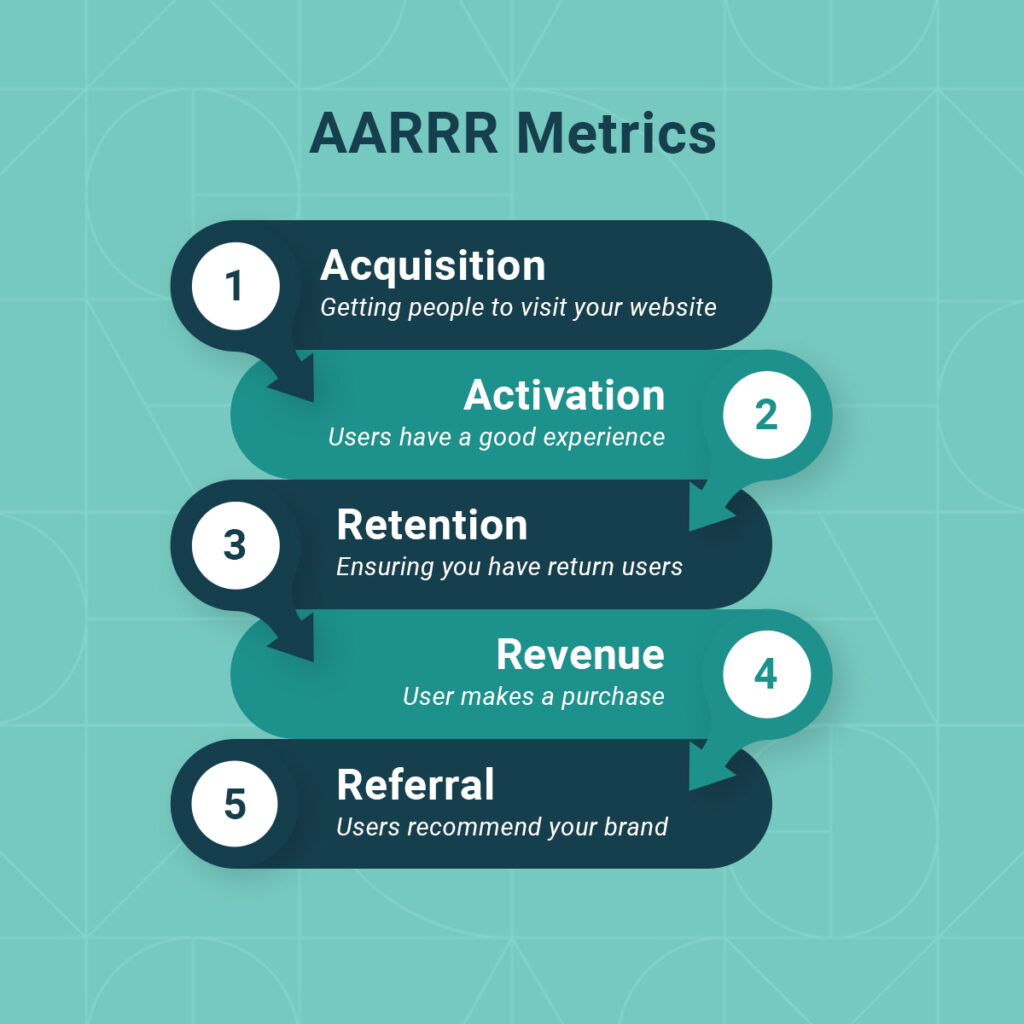
By implementing the AARRR metrics, you’ll identify and track what areas of your business need the most resources and optimisation for improvement and begin working on a strategy.
Click here to learn more about AARRR Metrics and how to implement them into your business.
With consistent testing and reviewing of your metrics, you’ll have a solid foundation to run your campaigns and manage your marketing budget.
4. Automate to Save
Once you have systemised your marketing process, what tools can you use to automate your sales funnel and essential components of the process.
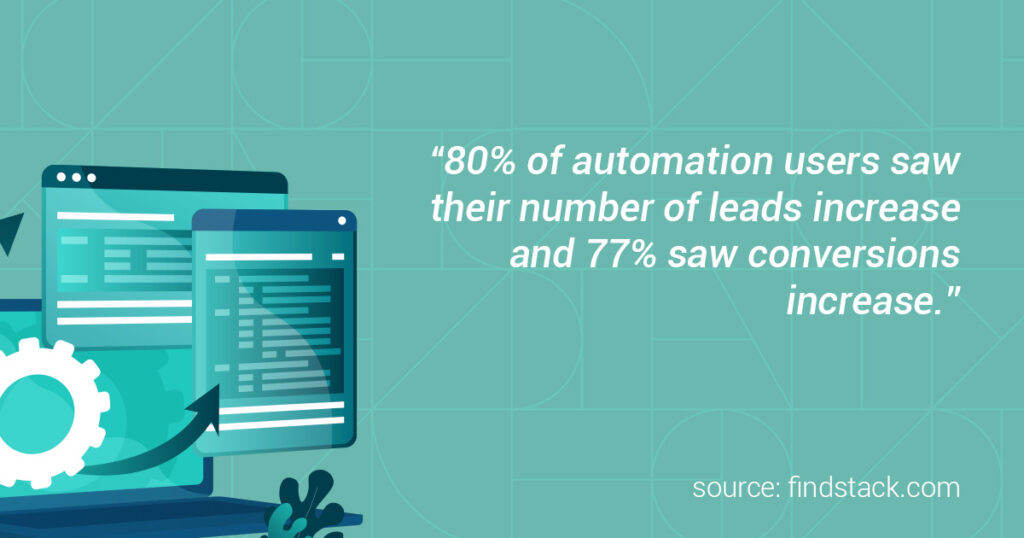
Automation simplifies your business by automatically tasks that you would otherwise have done manually. You don’t have to look further than your inbox for a great example.
It’s the “order received” email from a payment you made online or a ‘birthday coupon’ from a restaurant you frequent.
When you automate repetitive tasks, such as data collection and checking routine office tasks off the to-do list, it allows you to focus on high-value projects that optimise the business.
Tasks that can be automated:
- Submitting online forms/documents
- Service emails
- Appointment bookings
- Event registrations
- Online payments
- Data collection
For example, our client – Forefront Events, implemented a simple online event registration on their website, which has been able to help thousands of customers register for the events they hold annually.
5. Track Your Data & Improve Relentlessly
The decision-making process for budget allocation should revolve around data.
However, many business owners struggle with making data-driven decisions and fall back on traditional strategies.
The problem here is when you start making assumptions about the business, there’s a high chance you’ll lose not only sales but also valuable time and money spent trying to sell your service/product to the wrong customer.
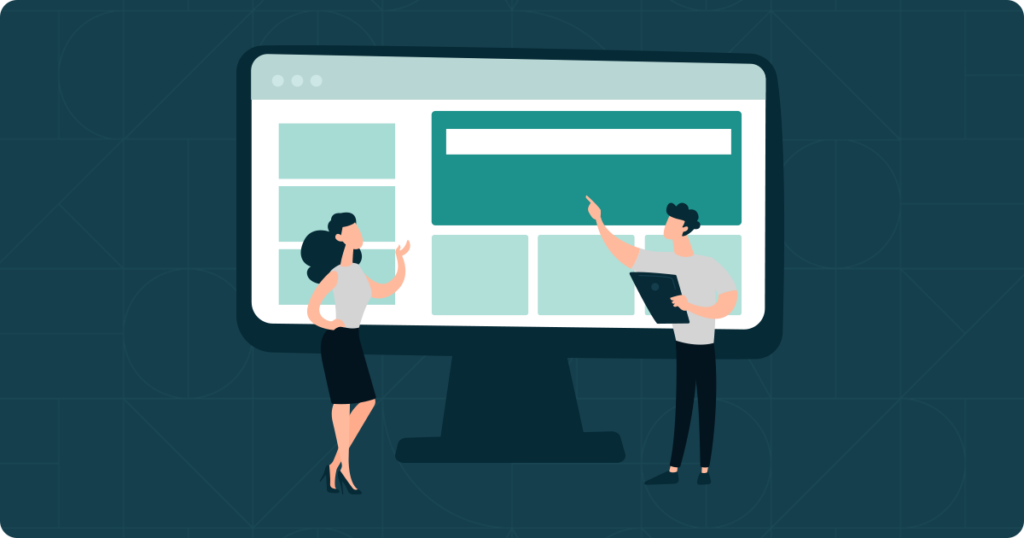
The benefits of data tracking
Each platform has its benefits and analytical tools to help you track insights.
For instance, Google Analytics tracks everything on your website, such as new visitors, link clicks, bounce rate, sources etc.
The data helps you understand what’s working and what might need changes on your website by providing insights into how visitors interact with your pages.
Likewise, Facebook’s Ad Manager provides insights on your business’s page activity, such as clicks, reach, impressions, shares, etc.
How to make use of all that data
The objective of a data-driven business is to collect and review data on a daily, weekly, and monthly basis and turn it into information that generates valuable insights about your customers.
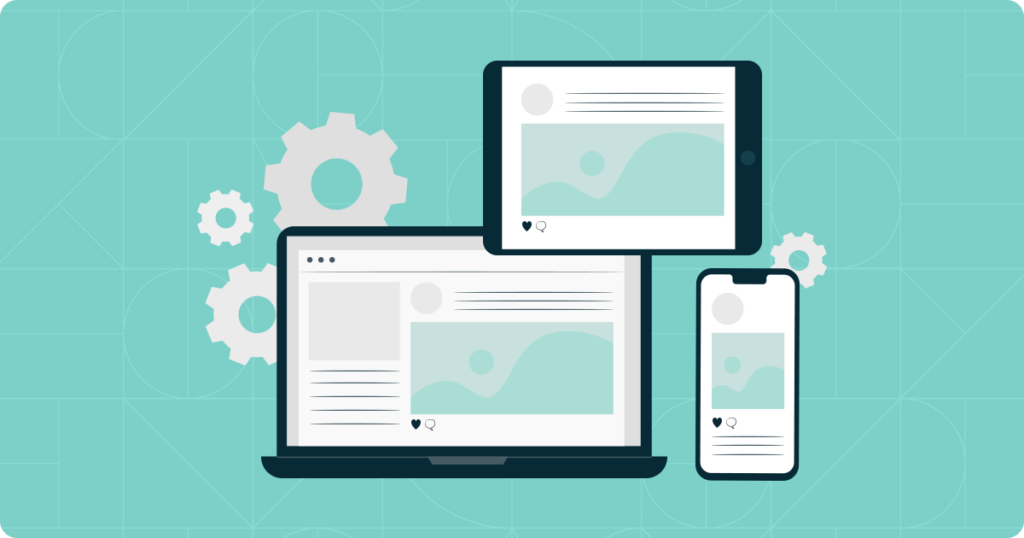
These insights can be used to design result-driven strategies.
You don’t need to spend a lot on data analysis, either. There are several data analytics tools, like Google Analytics, and social media business accounts are free.
However, it’s important to remember that you need an end objective to go from raw data to insights and results.
Ask yourself – what is the desired outcome?
If you don’t have clarity from the start on your business goals and the outcomes you’re expecting, then you won’t be able to create a strategy to achieve them.
Here are a few simple steps to keep in mind:
- Commit to a plan
Once you have a goal and a plan, commit to it to understand what data you need to monitor to build a data-driven marketing approach.
- Identify what’s important and track it
You must monitor all the data to understand what is working and why. This includes web page visits, average time spent, clicks, opens, transactions, number of sessions, new users, etc.
- Set KPIs for operations
Track what’s providing results and what needs improvements. E.g. If one of your KPIs is to increase your marketing reach, set yourself a target and work towards that by monitoring and analysing the data.

- Don’t stop testing.
The best way to know if something is working is to A/B Test it. This involves testing user experience by experimenting with two variants at once and comparing results.
For example, you can A/B test images, captions, email subject lines, and Call-to-Action text. The more tests, the more data you’ll have for decision-making.
6. Get Expert Help
The opportunity cost of not getting results on time is the highest cost for a business based on data from over 3000 SMEs.
No one person has the skills or capability to accomplish everything, especially when you’re working within a budget.
Working with an external party might sound expensive, but you will spend 3x more trying to do everything yourself through trial and error. When it comes to digital, it is simply too hard to do it on your own without help.
Working with an experienced team can help you build better marketing campaigns, reach faster results, and allow you to pick up some expert knowledge and skills along the way.
Final thoughts
Give your marketing enough budget to start with, and give these tips a shot so you can bring out the best in your marketing.
If you have a tight budget and you need help championing your digital marketing, it will be worth having a conversation with one of our strategists.
We understand that not every business owner wants to spend thousands of dollars on elaborate campaigns, and ask your NetStripes strategist on how best a custom solution can be created to suit your budget.

Social Media Marketing & Support Package.
Save valuable time and money with a complete online marketing plan, created and managed by experts so you can focus on achieving your business goals.



